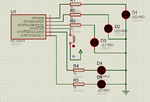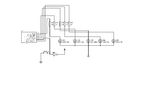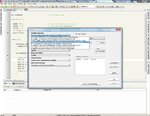varunme
Advanced Member level 3
How the button library in mikroc works ?
Code:
bit oldstate; // Old state flag
void main() {
ADCON1 |= 0x0F; // Configure AN pins as digital
CMCON |= 7; // Disable comparators
TRISB0_bit = 1; // Set pin as input
TRISC = 0x00; // Configure PORTC as output
PORTC = 0xAA; // Initial PORTC value
oldstate = 0;
do {
if (Button(&PORTB, 0, 1, 1)) { // Detect logical one
oldstate = 1; // Update flag
}
if (oldstate && Button(&PORTB, 0, 1, 0)) { // Detect one-to-zero transition
PORTC = ~PORTC; // Invert PORTC
oldstate = 0; // Update flag
}
} while(1); // Endless loop
}

